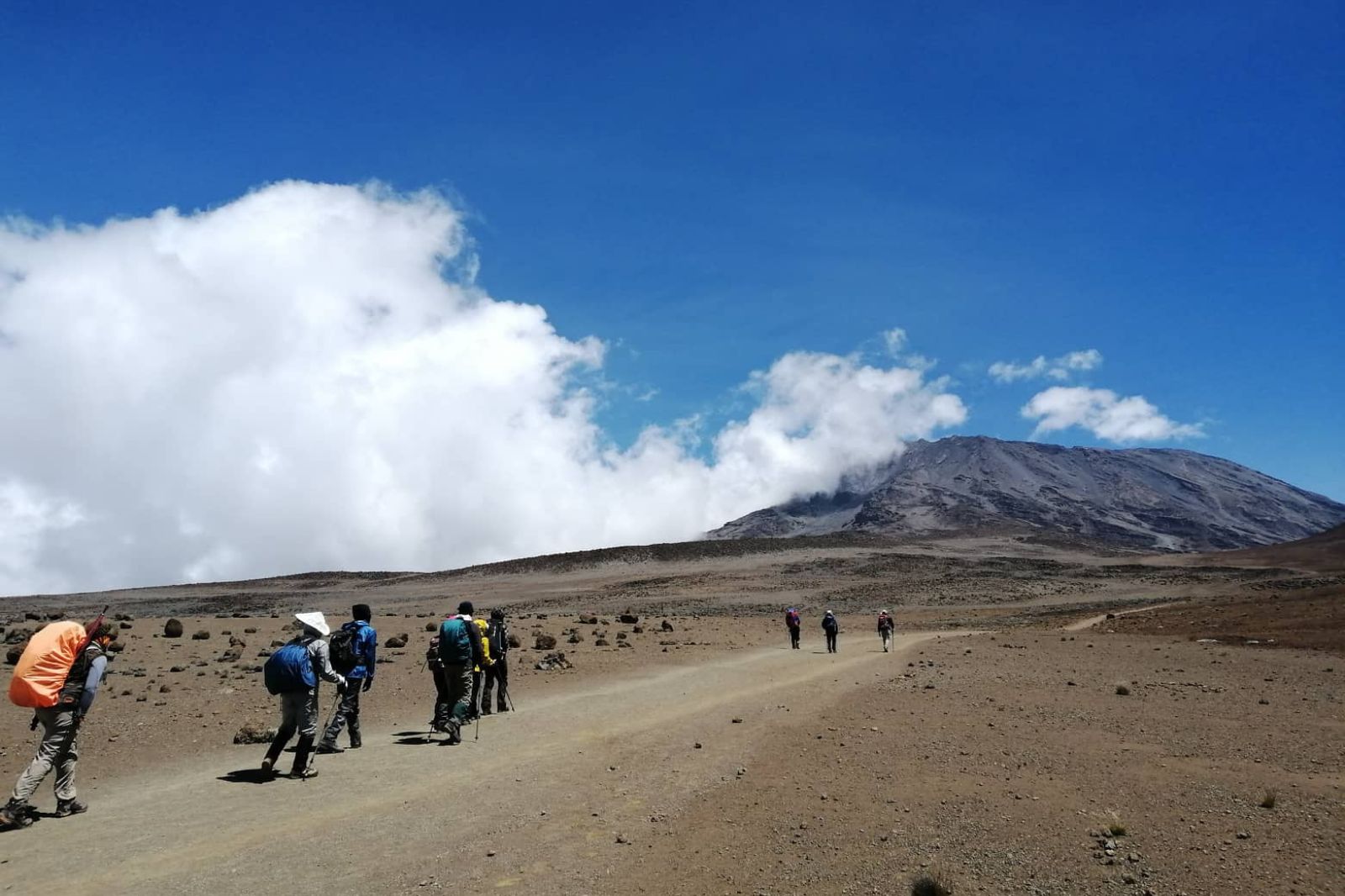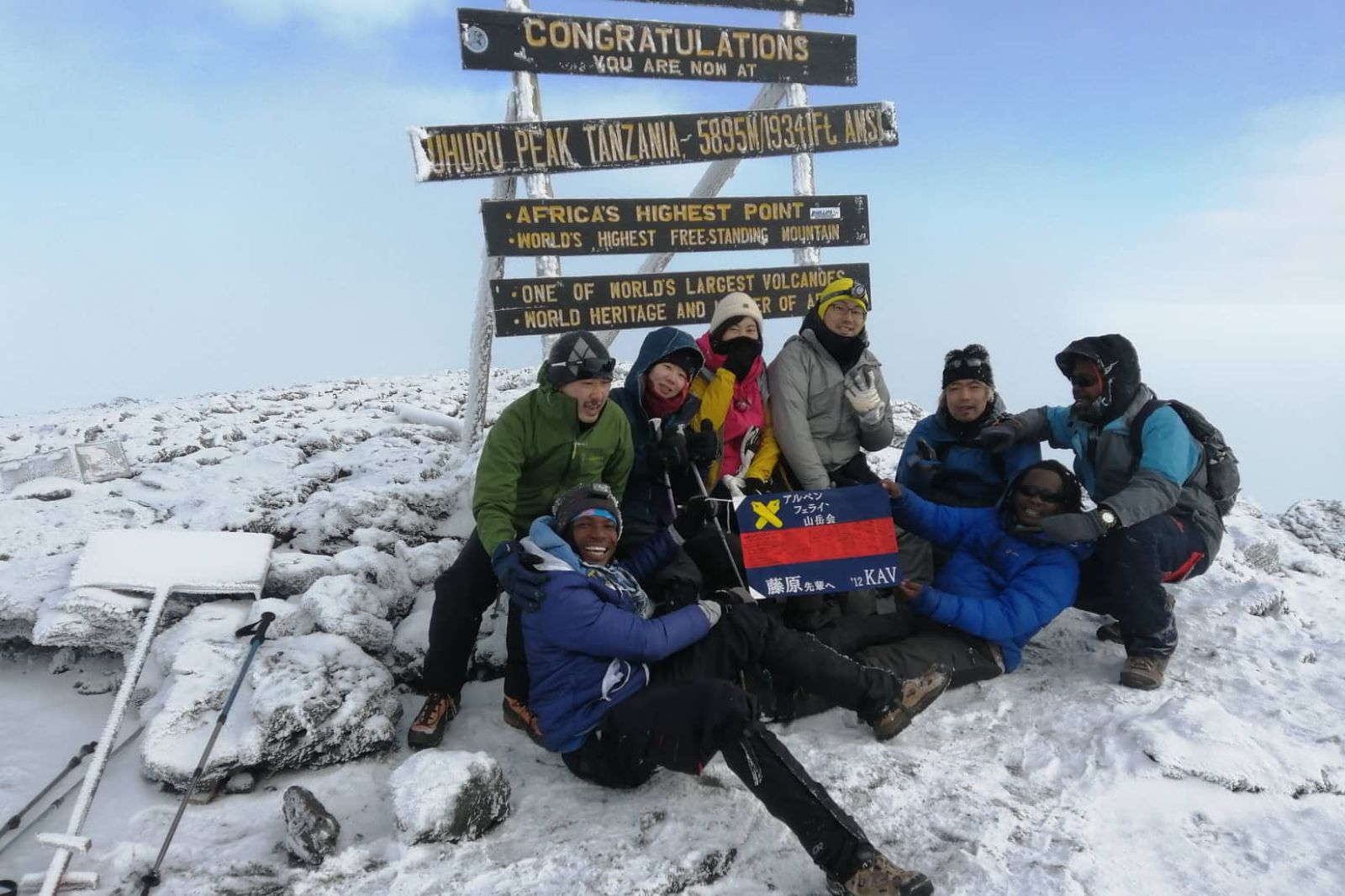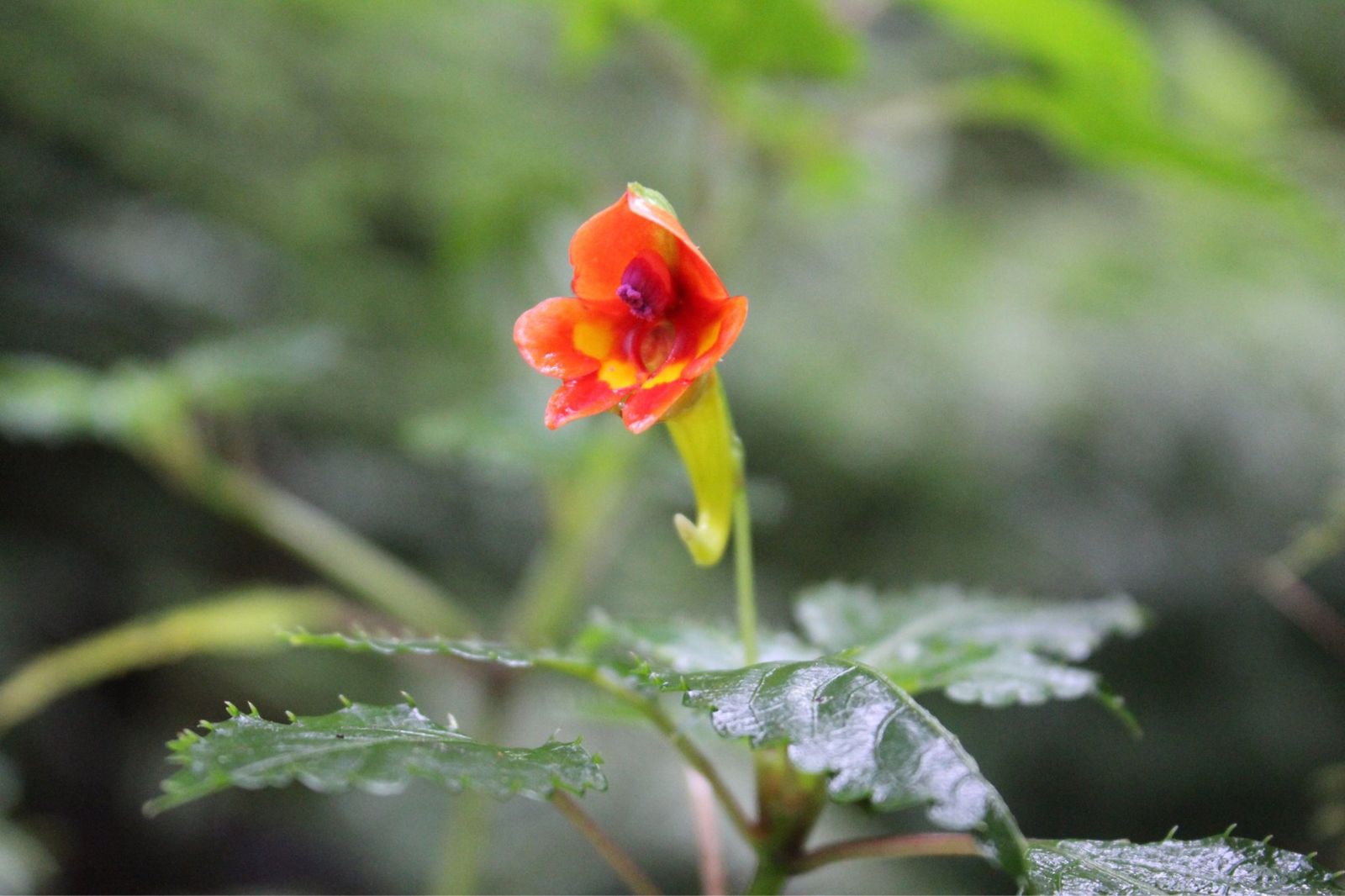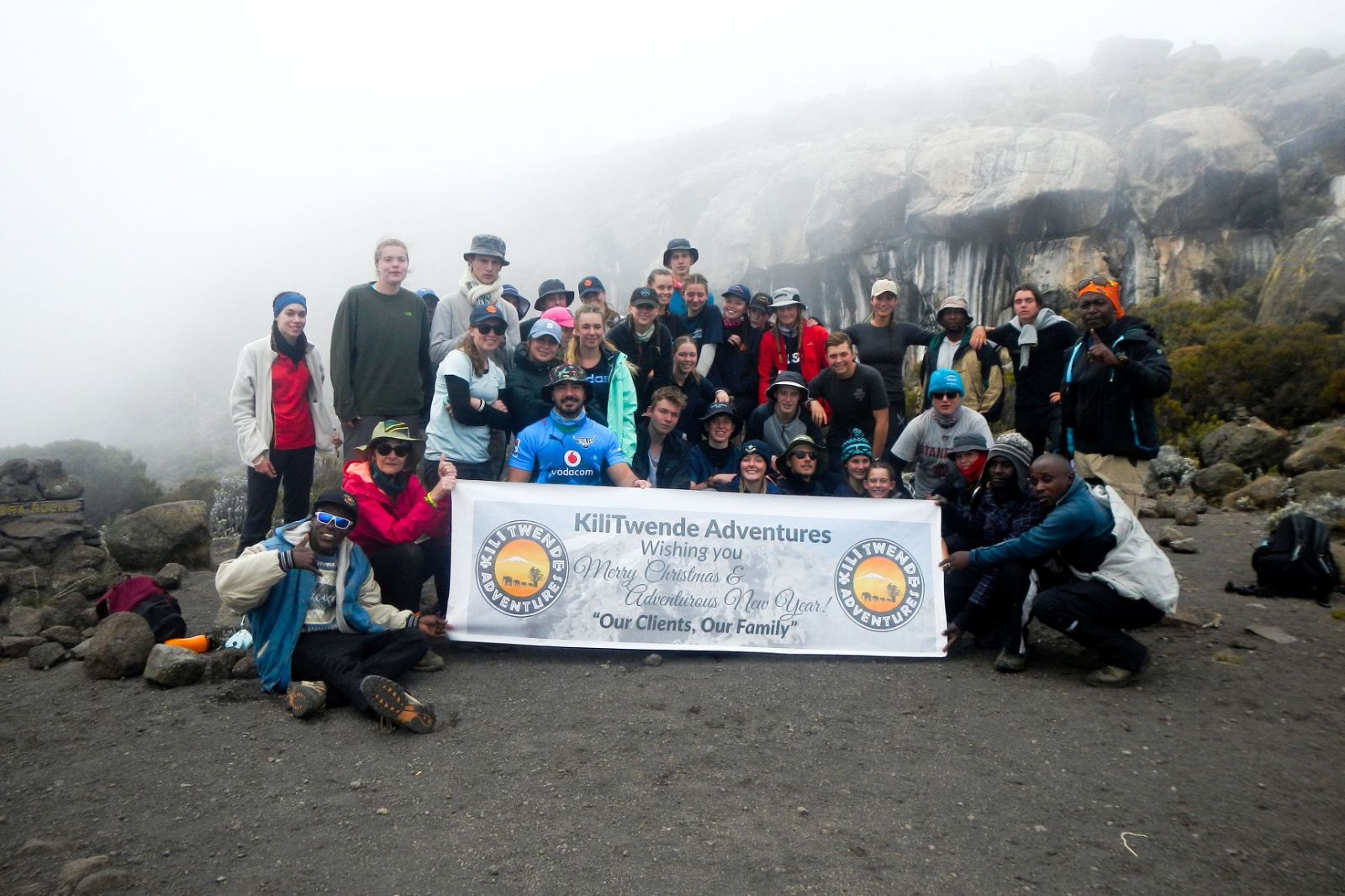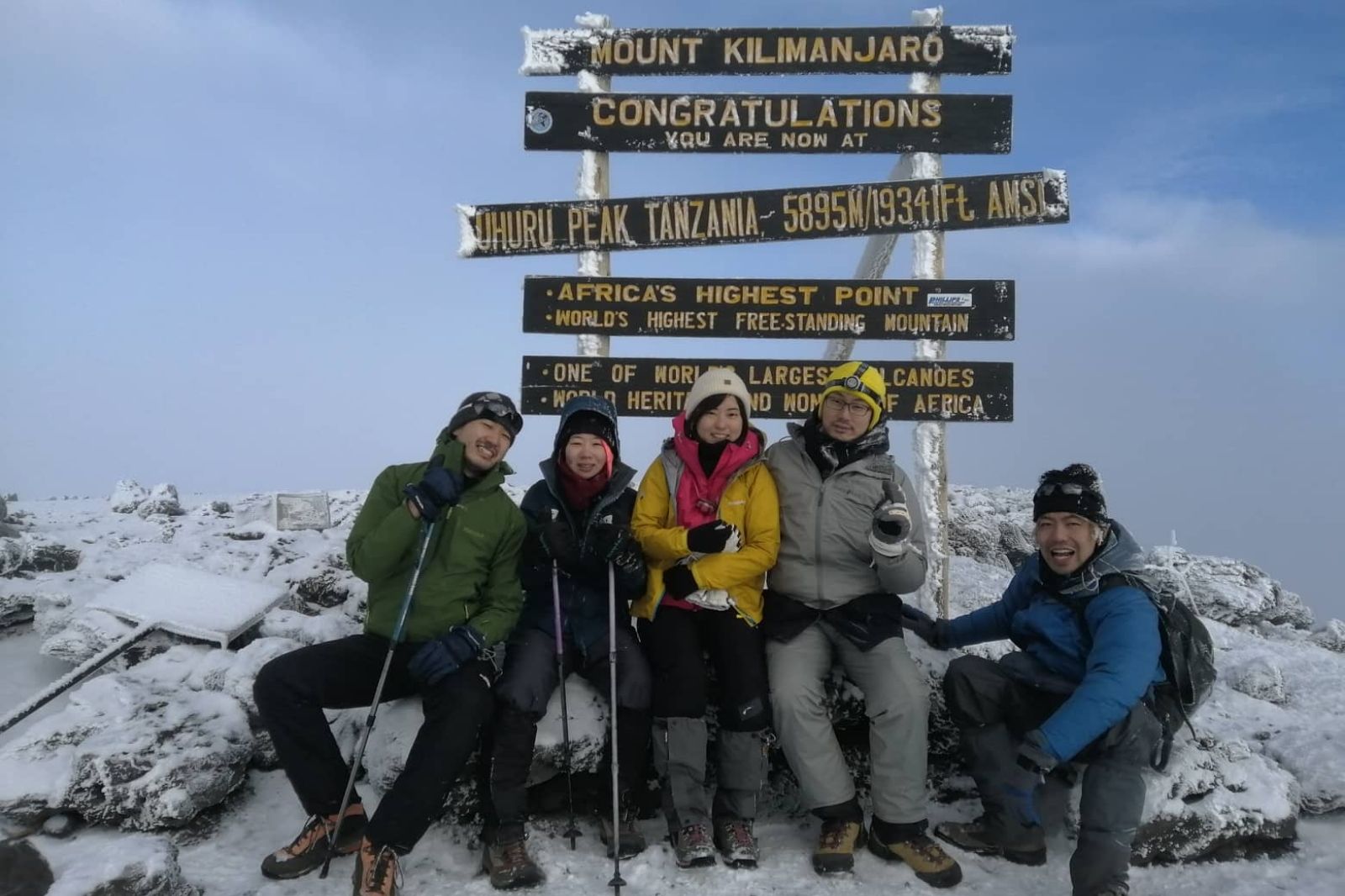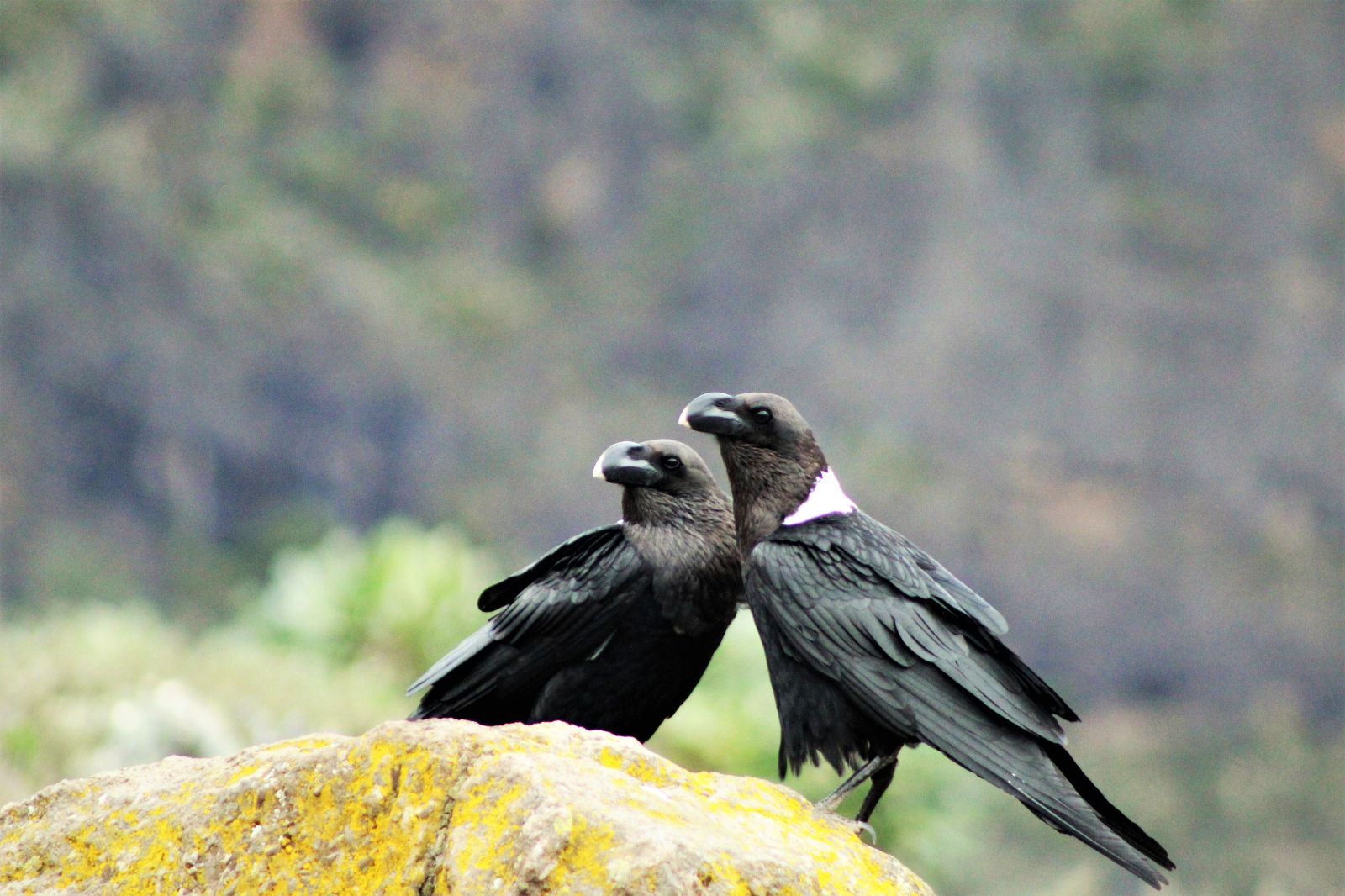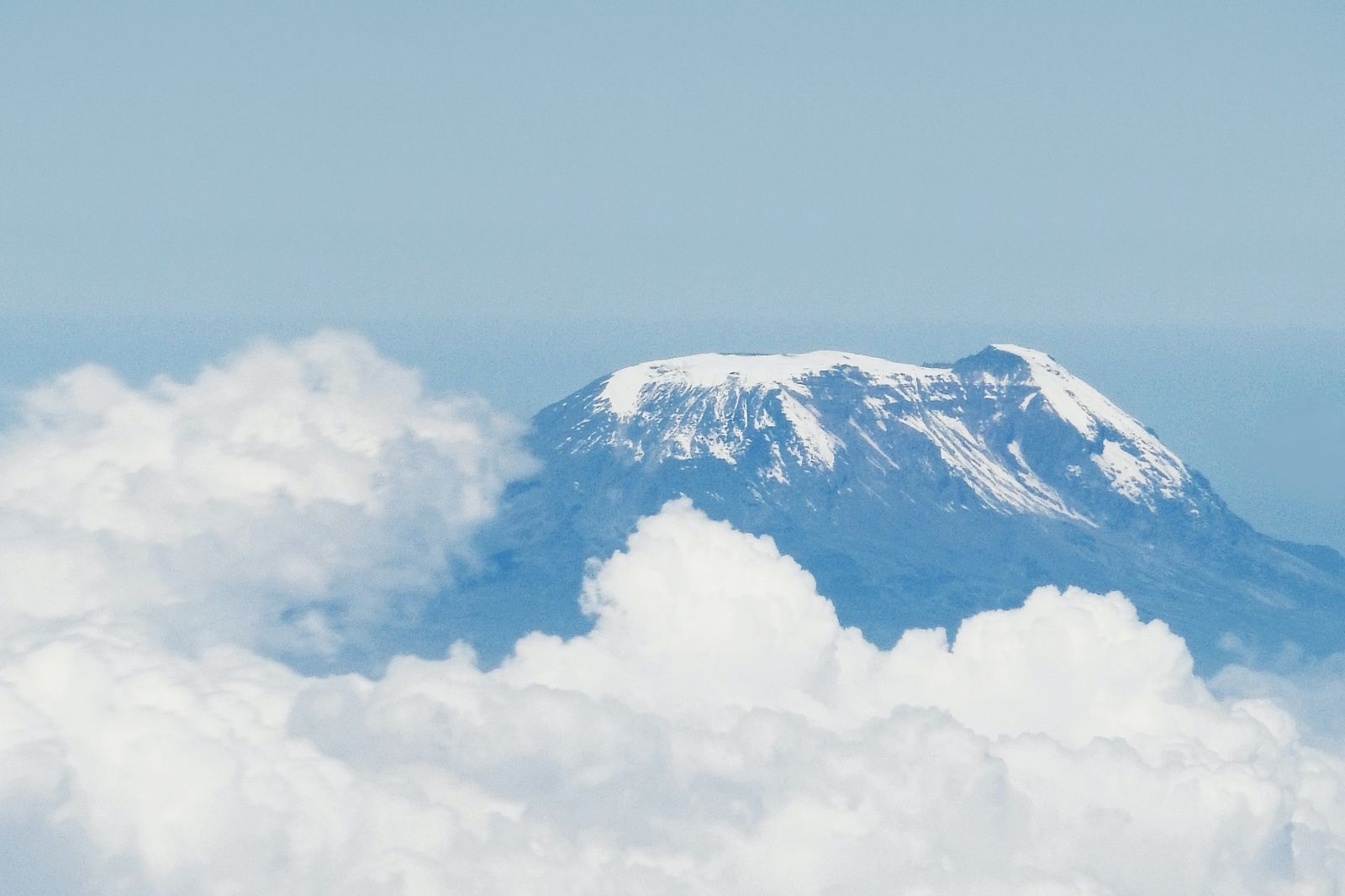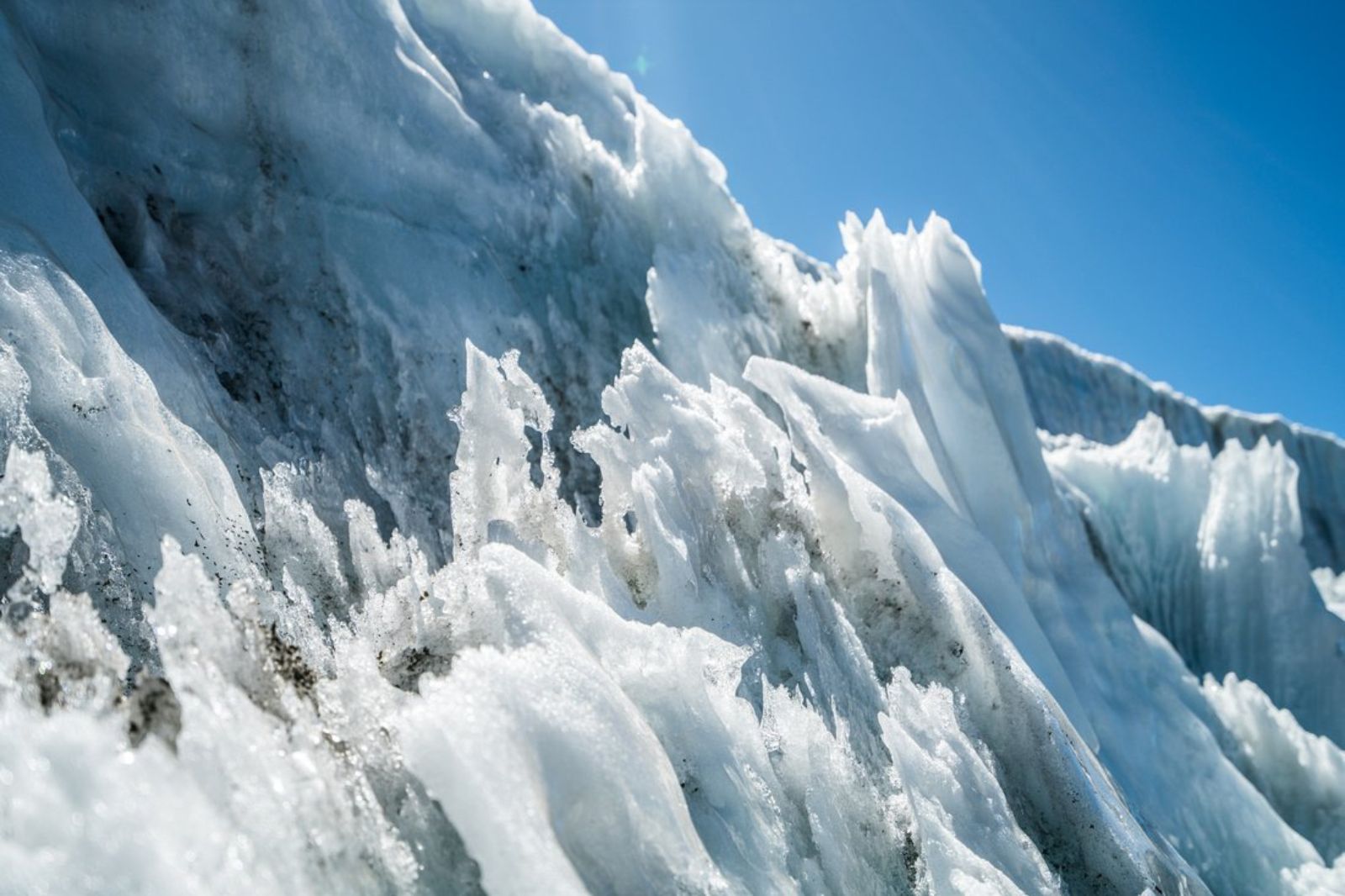Includes
• Airport transfers
• 2nights hotel accommodation in Moshi (B/B, Before and after the climb)
• Transport to & from the mountain gates
• Park entry fees, hut fees & rescue fees including 18% VAT on tour fees & services
• Accommodation in the sharing hut while you’re on the mountain
• Professional experienced mountain guides, cooks and porters
• 3 meals daily while on the mountain
• Treated/Boiled drinking water throughout the trek
• Fair wages for the mountain crew as approved by the Kilimanjaro National Park Authority (KINAPA) and Kilimanjaro Association of Tour Operators (KIATO)
• Oxygen tank
Excludes
• Airfare
• Personal gear and equipment ((sleeping bag, rain gear, hiking boots etc))
• Tips for your mountain crew- The standard tipping amounts are roughly
$20 to $25 per day for guides,
$15 to $20 per day for assistant guides,
$15 to $20 per day for cooks,
$8 to $10 per day for standard porters.
• Lunch, dinner and other drinks while you’re at the hotel in Moshi
• Tanzania Visa: $50 per person on arrival, USA and CANADA passport holder USD 100
Important information
Mount Kilimanjaro stands high at 5,895 meters (19,341 ft), making it the highest mountain in Africa and the highest free standing mountain in the world. The climb of Kilimanjaro should not be taken too lightly. The highest point of the crater of Kibo is well above the upper tops of the European Alps and the oxygen pressure is very low for the summit to be reached, your body must sufficiently acclimatize itself. It is important to be physically prepared for it. Another important part of the preparation is having the proper equipment before you depart for Tanzania.
Bringing the correct gear will maximize your chances of success when climbing the tallest free standing mountain in the world. To help you with shopping and packing, it is a good idea to follow our recommended equipment list. Feel free to contact us anytime for more information about the equipment list and preparation.
Physical Preparation
It is very important that your body is properly prepared for the physical challenge of Kilimanjaro. The better prepared you are, the better you plan to conquer the highest point of Africa. Good preparation will make a significant contribution to your own confidence and your mental strength.
Prepare To Get Fit
The type of condition is more important than the degree of fitness. Kilimanjaro is a stroll, so the best preparation you can have is to walk, preferably under simulated conditions. Although to some extent it helps to go running/ jogging, your muscles are still not preparing for seven days of quiet but heavy walking. I suggest that you will regularly walk long distances. Ignore the elevator and take the stairs.
Go for a walk, for example, in addition to regular exercise to allow your muscles to grow more. And try to opt for regular walks at altitude, so you can practice walking up and down at different incline levels.
Take a daypack and certainly carry 3 liters of water with you. This way, you also simulate the fact that you are climbing the mountain.
If the weather does not allow you to take walks, you can also simulate the walk on the incline level of a gym’s treadmill.
If you can walk 80 kilometers (50 miles) in one week, you have done the Machame Route. Train your body for extra resistance for your muscles, because in the mountains the inclination varies.
Medical Preparation
Before starting a physical training program, it’s always wise to get the approval of a doctor (especially if you are over 45 years old). Chances are that you will make him/her happy with your plans.
Mental Preparation
Everybody is able to reach the summit of Kilimanjaro. Remember, many have done so before you. Think about this when you prepare yourself for the expedition. Always think positively and you WILL enjoy the climb!
Talk about your upcoming adventure with others, so you actually make a mental commitment to get to the top. Do it for a special person. Carry a photo with you that you can look at at night during the climb.
Prepare to Increase Your Resistance
A physical training program of eight weeks consists of regular exercises that help you build more resistance, both with free weights or with the equipment at the local gym. Such exercises can be tailored to your age, current fitness and strength. Ask your instructors at the gym how you should work on your resistance before climbing Kilimanjaro.
Prepare Your Packing List
Remember that you will be on a mountain for more than 6 days and 5 nights. Take enough clothing and especially warm socks. Because of potential rainfall, as well as numerous streams on the route, it is very desirable to have dry clothes in your daypack. Wrap them in plastic, so they certainly will remain dry.
Proper clothing includes thermal underwear (don’t wear cotton directly to the skin because it absorbs your sweat and therefore can reduce your body temperature), gloves (preferably mittens), a cap and rainwear. Wear clothing where the outer mantle is windproof, but it can still breath. Avoid tight clothing. A balaclava (ski mask) is important, because it will shield your face against the cold, wind, sun and snow. Other clothing such as shorts, jerseys and T-shirts are highly recommended, especially while walking on the lower slopes as daily temperatures are still high.
It might sound a bit strange, but walking with walking poles is by many people known as a very pleasant experience during the climb. Indeed, its power walking. With two poles you can better set off when climbing and lean on them downhill.
